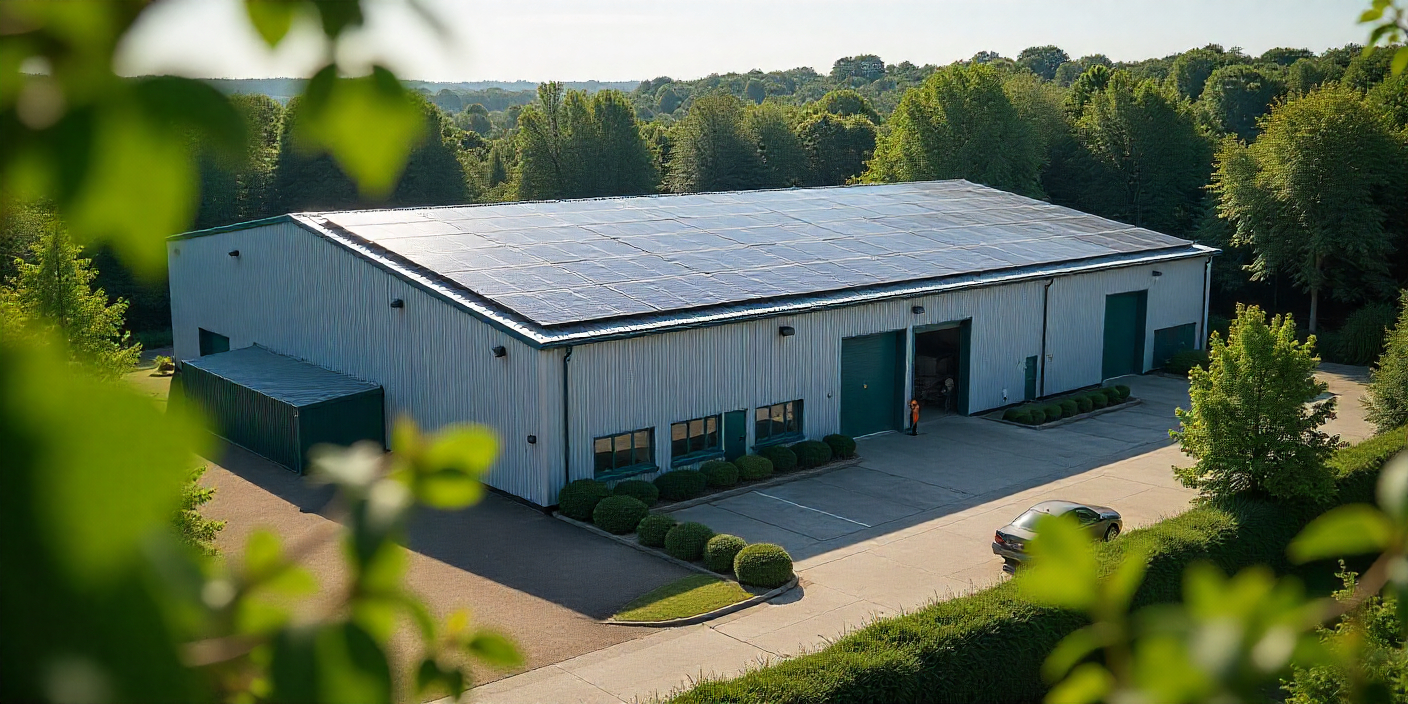For many factory owners, compliance can feel like a never ending cycle of audits, reporting, and paperwork.
Between energy assessments, carbon reporting, and sustainability disclosures, it’s easy to lose sight of the bigger picture – using compliance as a tool for growth.
That’s where ISO 50001 stands out.
It not only drives energy efficiency but also simplifies legal compliance, including full recognition under the UK’s Energy Savings Opportunity Scheme (ESOS).
Understanding ESOS Obligations
The Energy Savings Opportunity Scheme legally requires large businesses – those with more than 250 employees or £44 million in turnover – to carry out detailed energy audits every four years.
Smaller manufacturers are not legally bound to carry out these audits – but undertaking something similar will reduce costs – leading to higher profits.
These audits identify cost – effective energy saving opportunities across buildings, industrial processes, and transport.
For factories, it’s a technical, data heavy process that can take weeks of preparation and consultant time.
How ISO 50001 Covers ESOS
Here’s the good news:
If your factory is certified to ISO 50001, you’re already compliant with ESOS.
That’s because ISO 50001 is built on the same core principles – measuring, managing, and improving energy performance.
The certification provides continuous, auditable evidence that your business is systematically tracking and reducing energy consumption.
This means you don’t need to conduct a separate ESOS audit.
Instead, your ISO 50001 documentation and monitoring processes act as proof of compliance.
Beyond Compliance: Strategic Benefits
ISO 50001 transforms compliance from a box ticking exercise into a strategic advantage.
Factories that integrate it into daily operations gain better control over energy costs, avoid regulatory penalties, and strengthen relationships with supply chain partners who value certified energy efficiency.
More importantly, the process generates actionable data – the kind that drives decisions about efficiency investments and renewable energy opportunities.
That’s where rooftop solar panels often come in.
Solar as a Direct Outcome
ISO 50001’s framework helps you identify areas of highest energy use and evaluate improvement options.
Solar power is typically one of the most effective solutions.
With today’s immediate cash positive finance models, factories can install panels with no upfront cost and immediately reduce electricity bills.
The savings flow directly to your bottom line while reinforcing your ISO 50001 and ESOS compliance credentials.
The Takeaway
ISO 50001 doesn’t just make compliance easier – it makes it profitable.
Factories gain streamlined reporting, lower energy costs, and the ability to meet multiple legal requirements with one certification.
Add solar energy – and the result is a compliance framework that makes you money – while strengthening competitiveness and sustainability.



